Is Dry Canning Safe?
Dry canning (aka oven canning) is not a safe nor approved method of food preservation for your pantry staple items and dry foods…and here’s why.

There’s a trend to use the oven to ‘vacuum seal’ jars of dried goods in order to seal them for long-term food storage in the pantry. You might have also heard it called oven canning.
Storing rice, potato flakes, dried foods, etc. seems much better when using this form of sealing, doesn’t it? And it’s less fussy than using O2 absorbers or trying to find a vacuum sealer.
There is also a version of ‘oven canning’ that is used to replace the pressure or water bath canning process which is also recommended against.
But we’re talking specifically about the dry canning/oven canning method used to mimic vacuum sealing for shelf-stable pantry storage of dry goods.
Why Dry Canning is Not Safe
Dry Canning is not an approved or safe method for food preservation for a number of reasons:
- The jars were not created for dry heat. The jar manufacturers have said that they aren’t made for that heat. This dry heat can cause micro-fractures that promote jar breakage. In my recent discussions with Newell Brands (who own both Ball and Bernardin), they recommend not to do this.
So if you then use your jars for canning, the risk of jar breakage is increased.
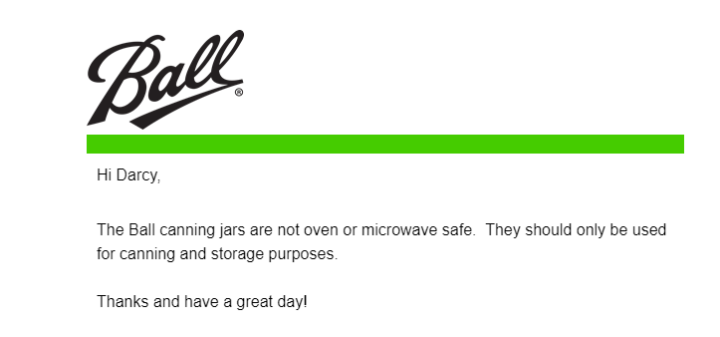
- Heat promotes moisture release. Inside of an airtight jar, that moisture doesn’t reabsorb evenly, leaving the possibility of moisture pockets that can later form mold.
- Oven canning actually shortens the shelf-life of rice, beans, and dehydrated goods by introducing them to heat, The naturally occurring fats and proteins inside the rice and other dry foods need to be kept at a safe temperature as long as possible so as to not promote accelerated rancidity, thus wasting your food if you don’t use it quickly enough. Food storage recommendations are dark, cool, dry places. That’s not the oven!
- This same heat also causes nutrient loss in those heat-sensitive nutrients like Vitamin A & C and more.
- Condensation caused by the cooling effect inside the jars also becomes problematic, especially in this ‘sealed’ environment. As anyone who has seen a black mold form on the inside of their jars down the road after dry canning.
- This introduction of moisture into a low-oxygen environment creates the perfect growing medium for any mold spores that could be on your foods if not properly cleaned.
An Alternative to Oven Canning
The seal created by the oven is a thermal seal, not a true vacuum seal. If you’ve ever left your canning jars in a hot car in the summer and listened to the pings as the pressure inside the jar changes from heat, you’ll understand the difference!
So vacuum sealing with a machine or with O2 absorbers is a preferred method of storing dry goods for long-term storage on your pantry shelves.
Yes, it does take an investment to use those two alternatives than to just throw your jars into the oven.
But remember, in most cases, vacuum sealing is a helpful tool, but not mandatory for storing your foods. As long as you have an airtight seal and are keeping your foods in containers that are appropriately sized for the volume you are storing.
LEARN MORE: Alternatives to vacuum sealing jars
Additional Resources:
- Dry Canning Isn’t Canning by the National Center for Home Food Preservation
- Preserve the Harvest by the Utah State University Extension
- Canning Jar Safety by the SDSU Extension

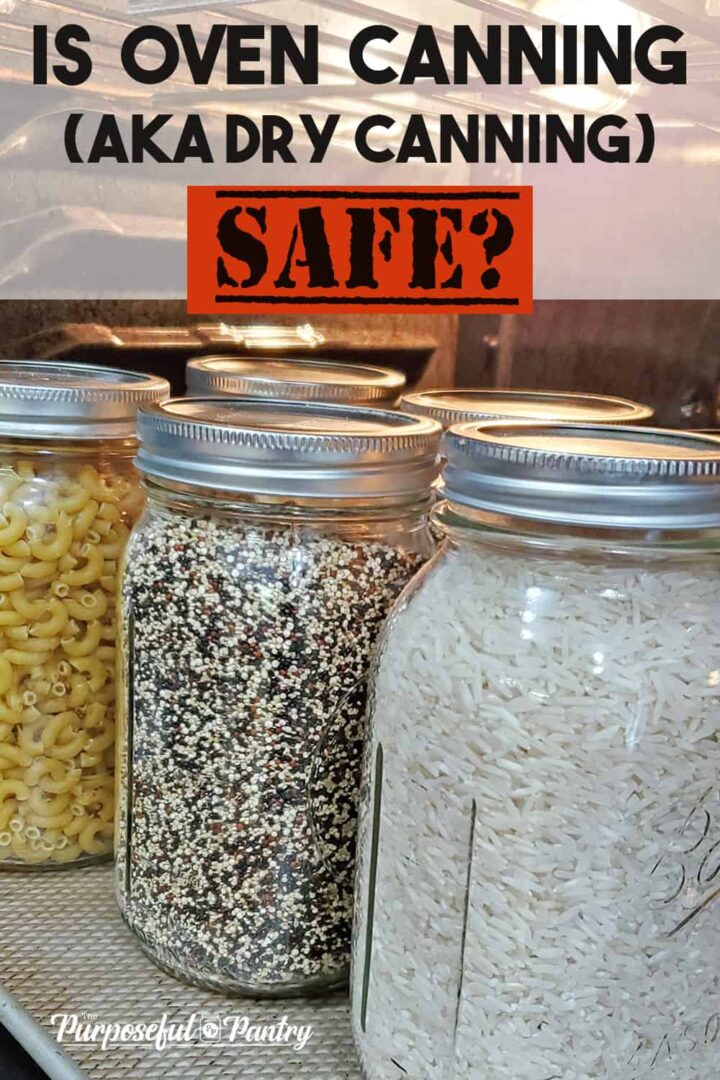

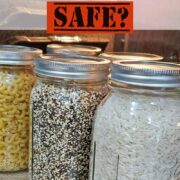
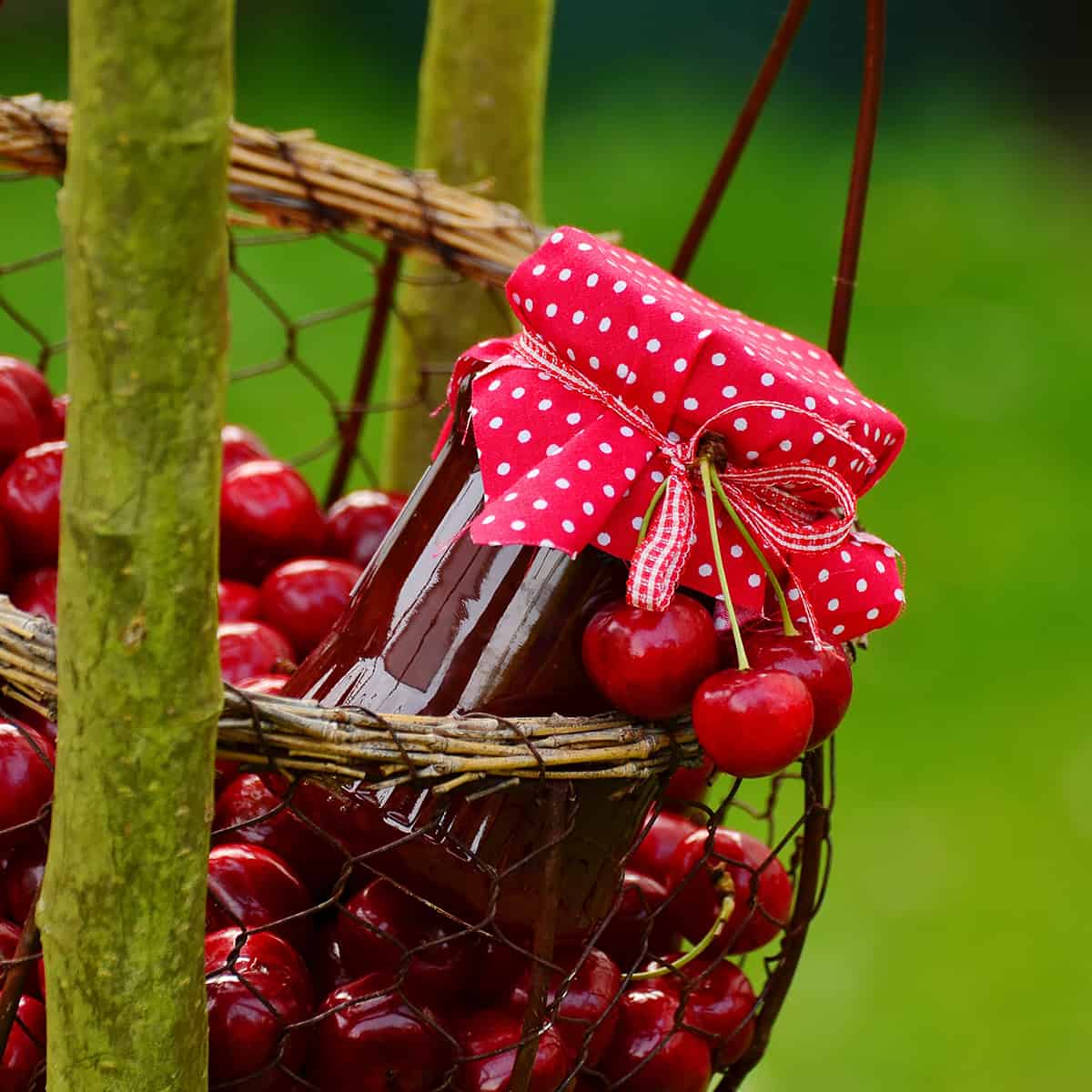
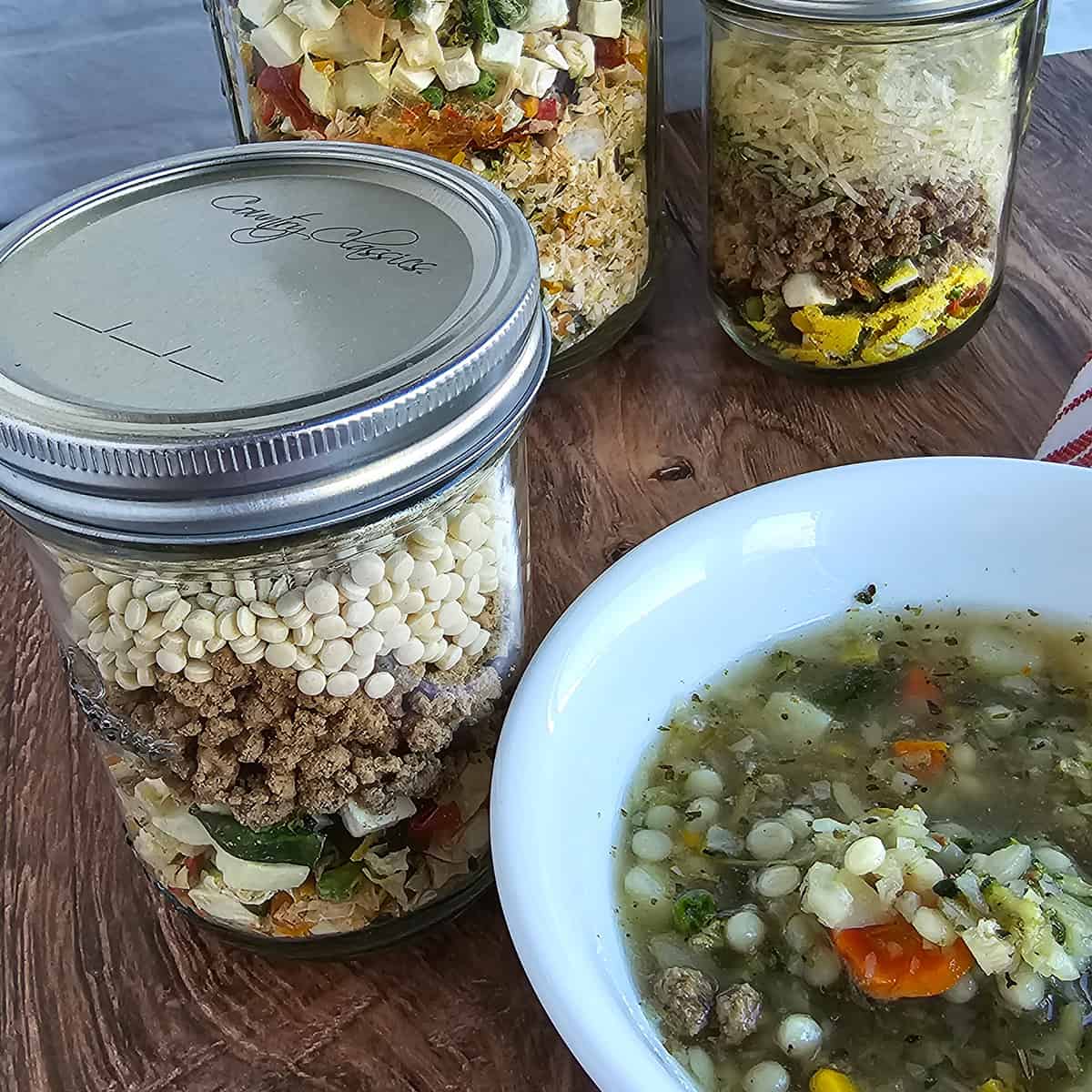
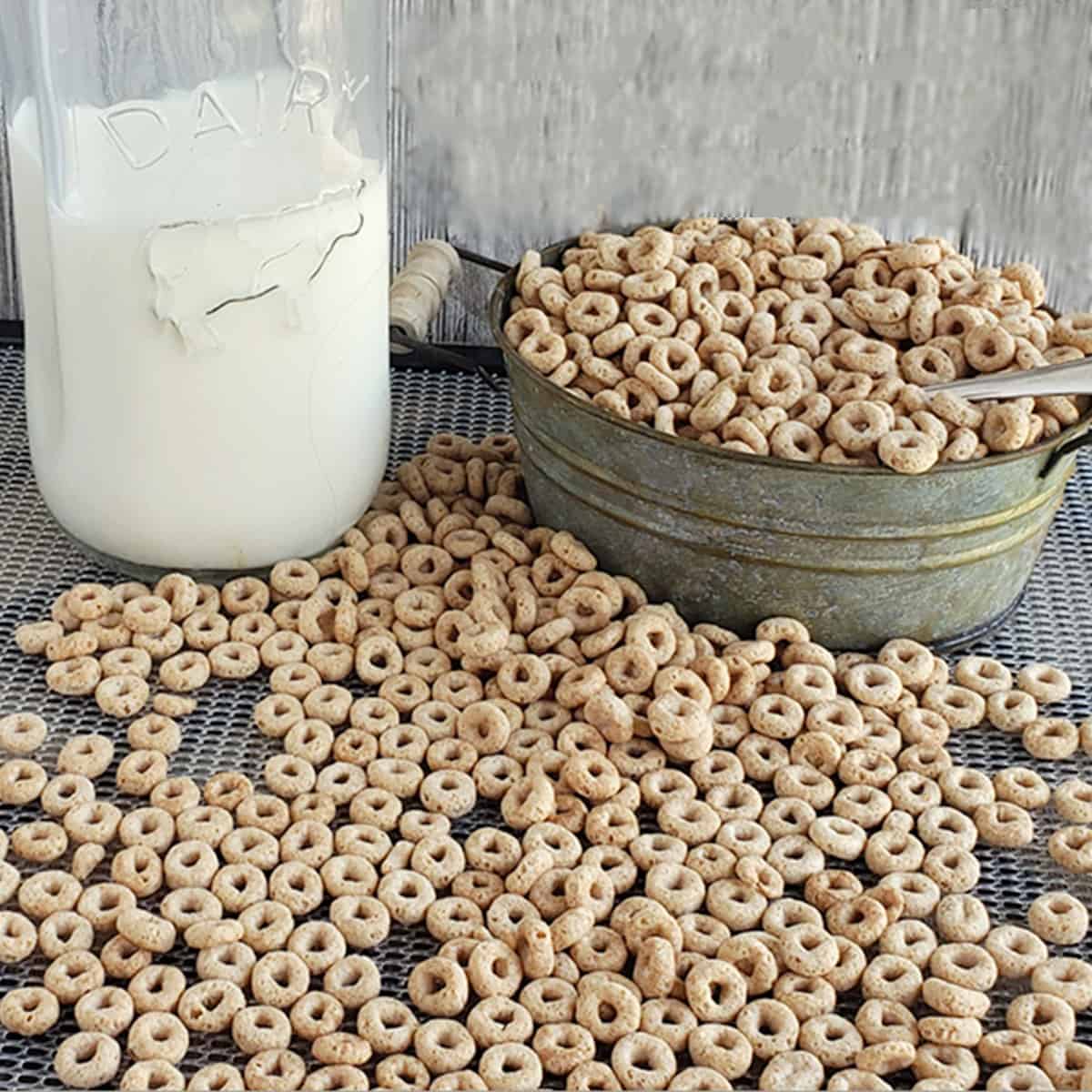
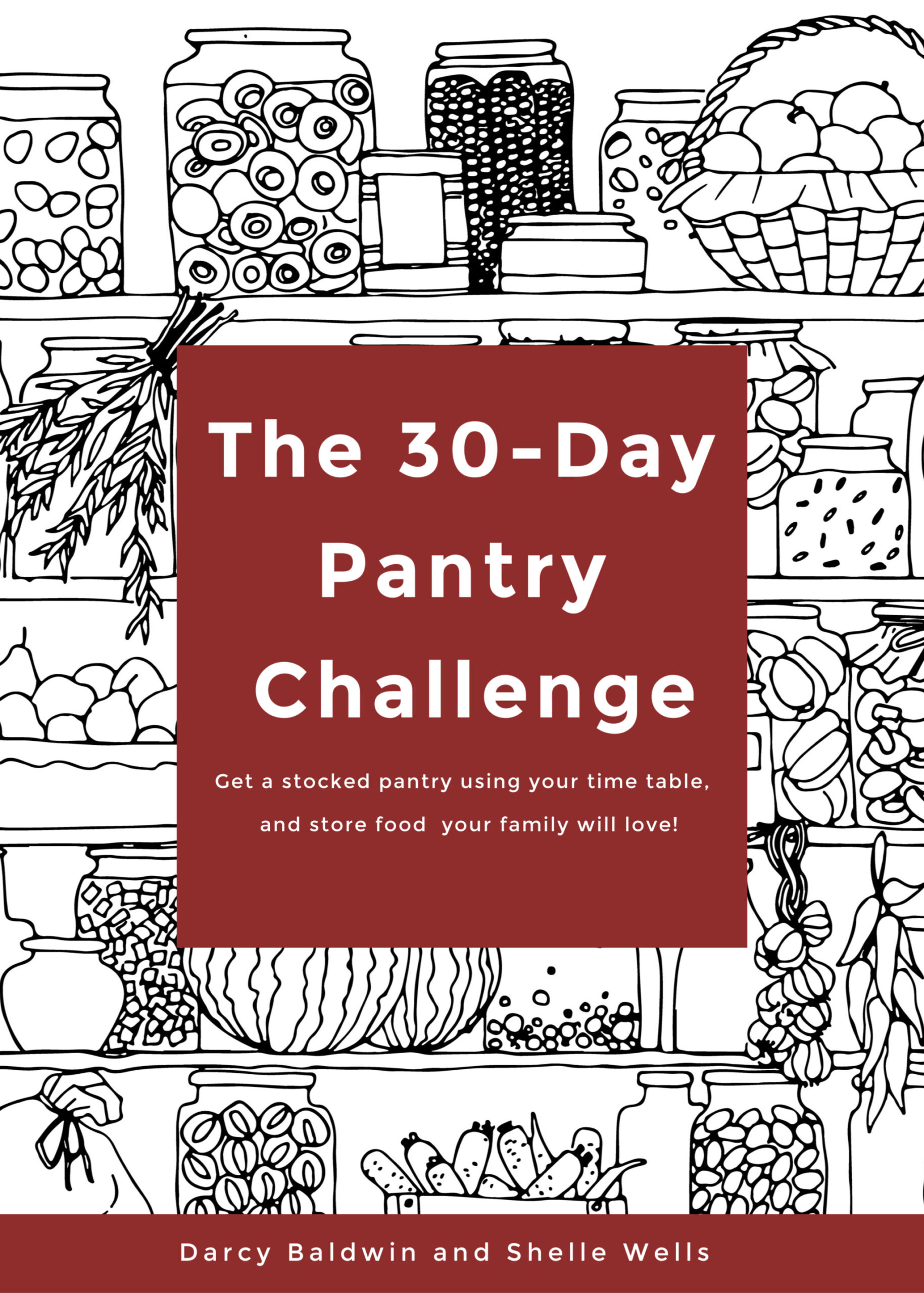
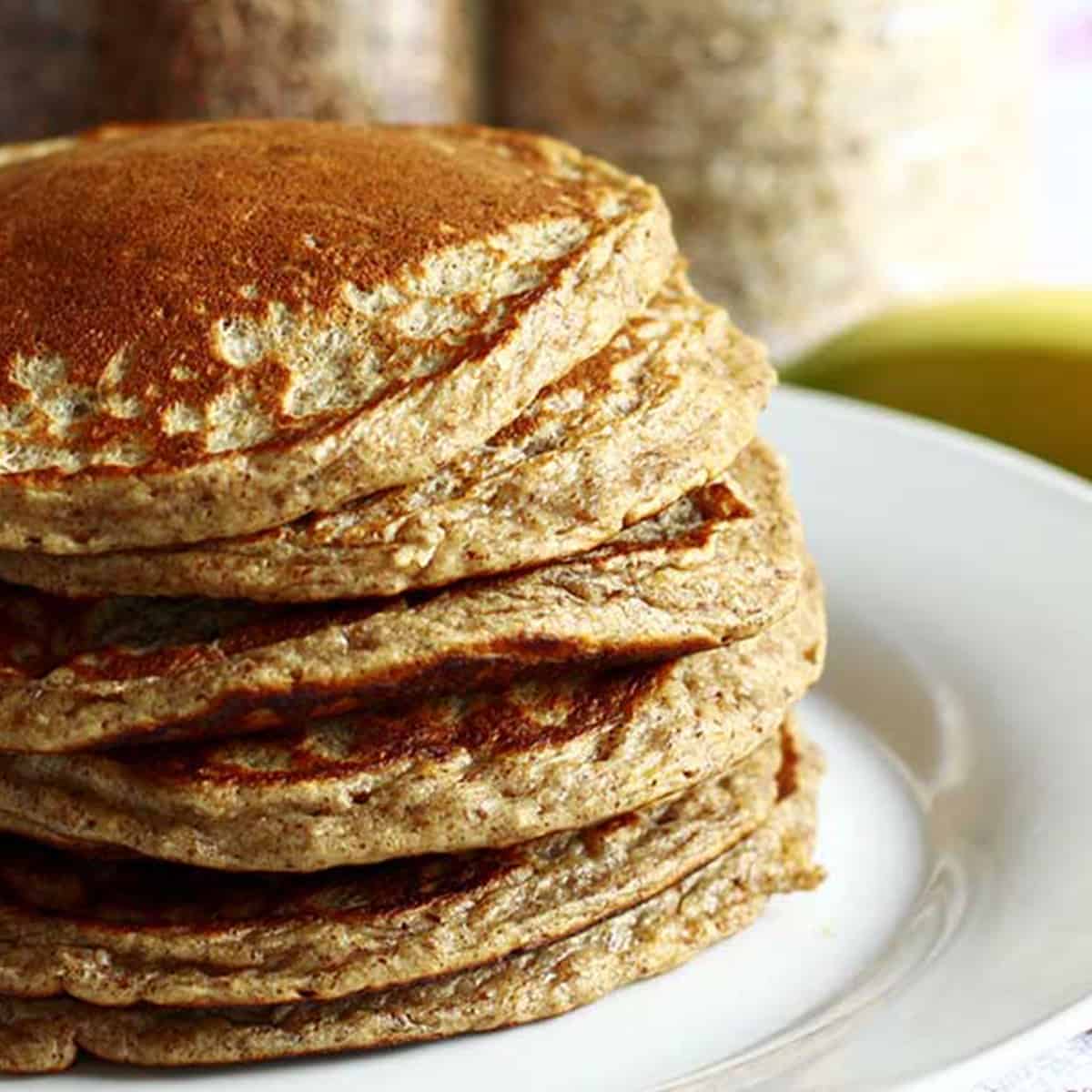
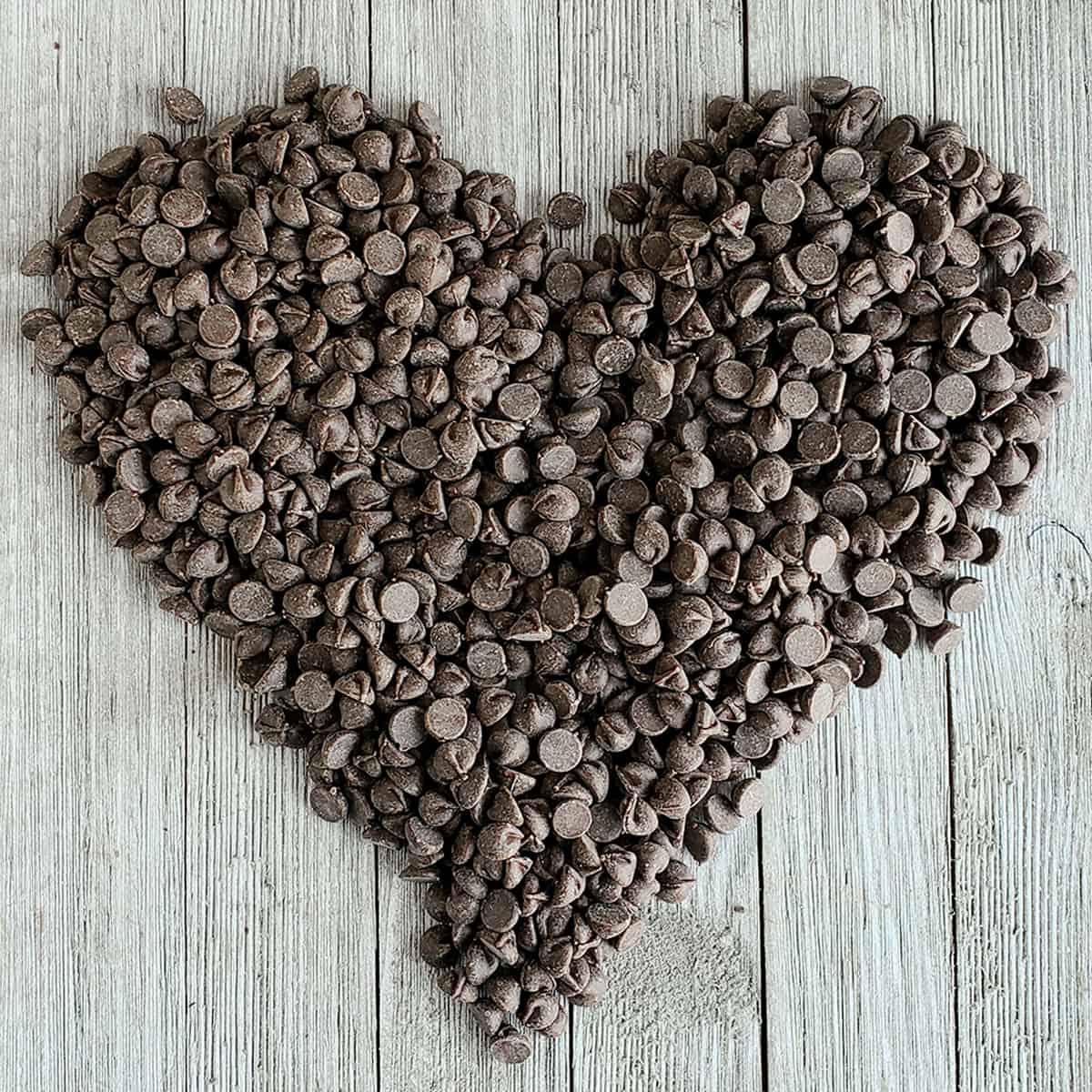
Please forgive my probably laughable ignorance but how on earth do you put the pumkin puree onto the dehydrator trays without it dripping through each layer of trays. Mine is circle shaped with grids. Sometimes even my apple slices fall through.
That’s what fruit leather sheets are for: https://www.thepurposefulpantry.com/dehydrate-pumpkin-and-make-pumpkin-powder/
Also, I use mesh on anything solid no matter what machine I’m using. It just makes it so much easier for gathering and clean up.
Thanks for the good tips. For the break bleeder, I saw on another site that if u push the hand pump against the counter top, as opposed to pumping it up with ur hand, its way easier for ppl that have hand strength issues. I hope that made sense and helps someone.
I was hoping that you would say it’s unsafe. Because I love falling you on You Tube. I have just started getting into all of this and I’m glad I found you.